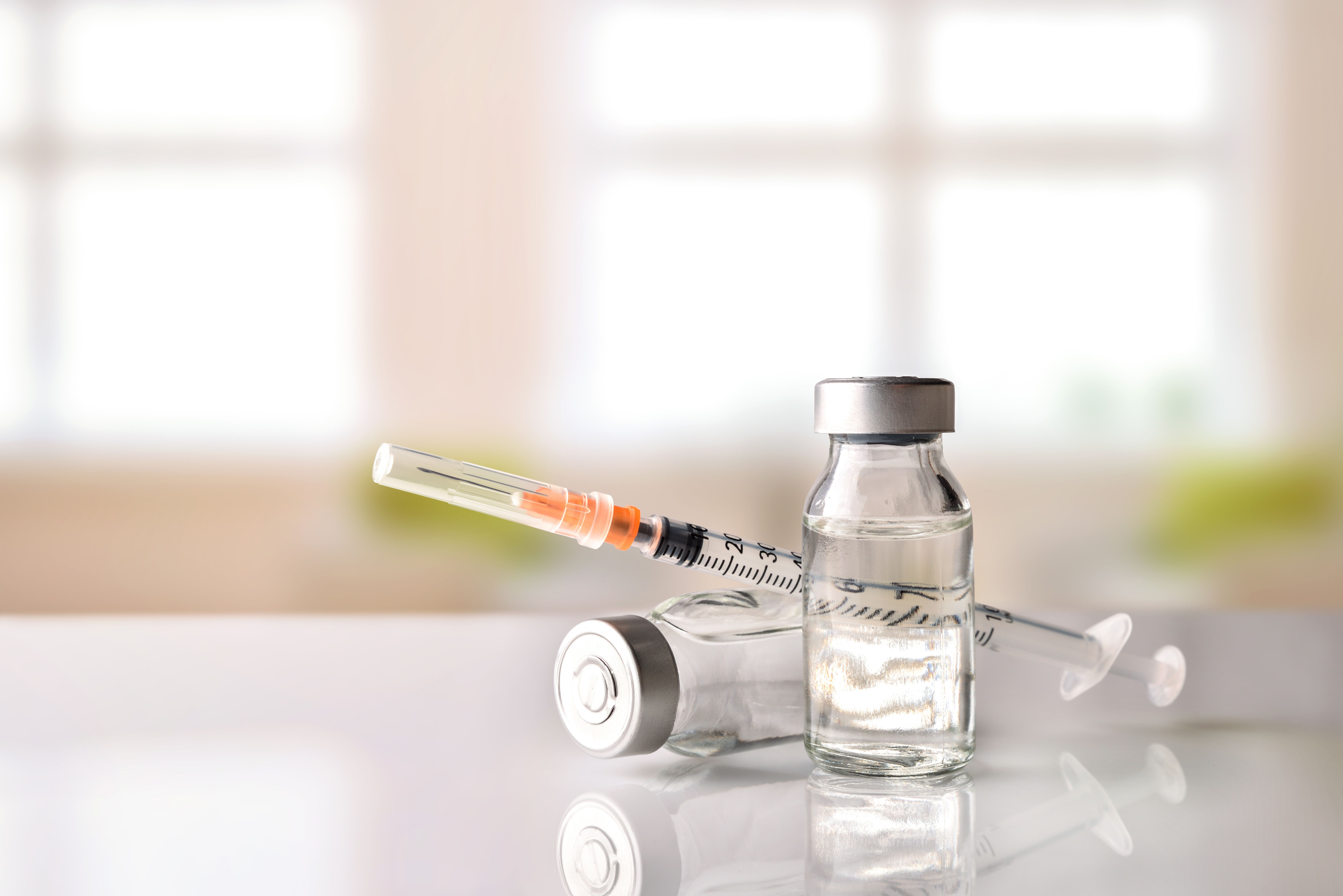News
Article
Vitamin A Derivative May Have a Significant Role in Wound Healing
Author(s):
Vitamin A regulates stem cell differentiation to manage wound healing, although risk of tumor growth may increase if differentiation does not occur.
Retinoic acid, the biologically active form of vitamin A, can induce stem cells to exit a state of lineage plasticity, according to the authors of a study published in Science. During lineage plasticity, stem cells express multiple transcription factors—while this can be a key response during wound healing, cells in this state will never be able to function properly until they mature into 1 type of cell (ie, maturing from a stem cell that expresses skin and hair transcription factors into a skin cell).
Image credit: KMPZZZ | stock.adobe.com

"[Lineage plasticity] can act as a double-edged sword," said lead study author Matthew Tierney in the press release. "The process is necessary to redirect stem cells to parts of the tissue most in need but, if left unchecked, it can leave those same tissues vulnerable to chronic states of repair and even some types of cancer."
In the same vein, topical retinoids have already been shown to promote hair growth in wounds, but too much can prevent hair growth and even cause alopecia.
Investigators conducted a study to better understand how the body regulates lineage plasticity. First, they looked at the process of lineage plasticity in cultured mouse hair follicle stem cells (mimicked as being wounded), observing that retinoic acid ushers stem cells to differentiate into mature hair cells, thus exiting lineage plasticity. Topical, genetic, and dietary interventions that promote retinoic acid production all confirmed the responsibilities of retinoic acid in wound repair and cell differentiation.
However, retinoic acid was not the only factor responsible. According to investigators, retinoic acids worked with other signaling molecules to either keep the hair stem cells in limbo—expressing both hair and skin transcription factors—or differentiate and become hair growth cells.
The team also observed that the level of retinoic acid determined its ability to initiate lineage plasticity. High levels of retinoic acid prevented the hair follicle stem cell from entering lineage plasticity to repair wounds. Low levels promoted linage plasticity and prevented the cells from differentiating into hair cells, preventing hair growth.
The body processes vitamin A in retinol in the liver, where it is then sent to other tissues and converted into retinoic acid, according to Fuchs. Investigators only really understand that tissues needing retinoic acid are wounded, and the stem cells needed to repair these tissues go through lineage plasticity, Fuchs explained.
Thus, there is continued interest in the implications of these findings, Fuchs said. The team also hopes to understand the role of retinoids in lineage plasticity as it relates to cancers like squamous and basal cell carcinoma, the latter of which is less aggressive with less little lineage plasticity.
"It's possible that suppressing lineage plasticity can improve prognoses," Fuchs said in the press release. "This hasn't been on the radar until now [and] it's an exciting front to now investigate."
REFERENCE
Vitamin A may play a central role in stem cell biology and wound repair. Rockefeller University. News Release. March 7, 2024. Accessed on March 20, 2024. https://www.sciencedaily.com/releases/2024/03/240307165115.htm
Newsletter
Stay informed on drug updates, treatment guidelines, and pharmacy practice trends—subscribe to Pharmacy Times for weekly clinical insights.






